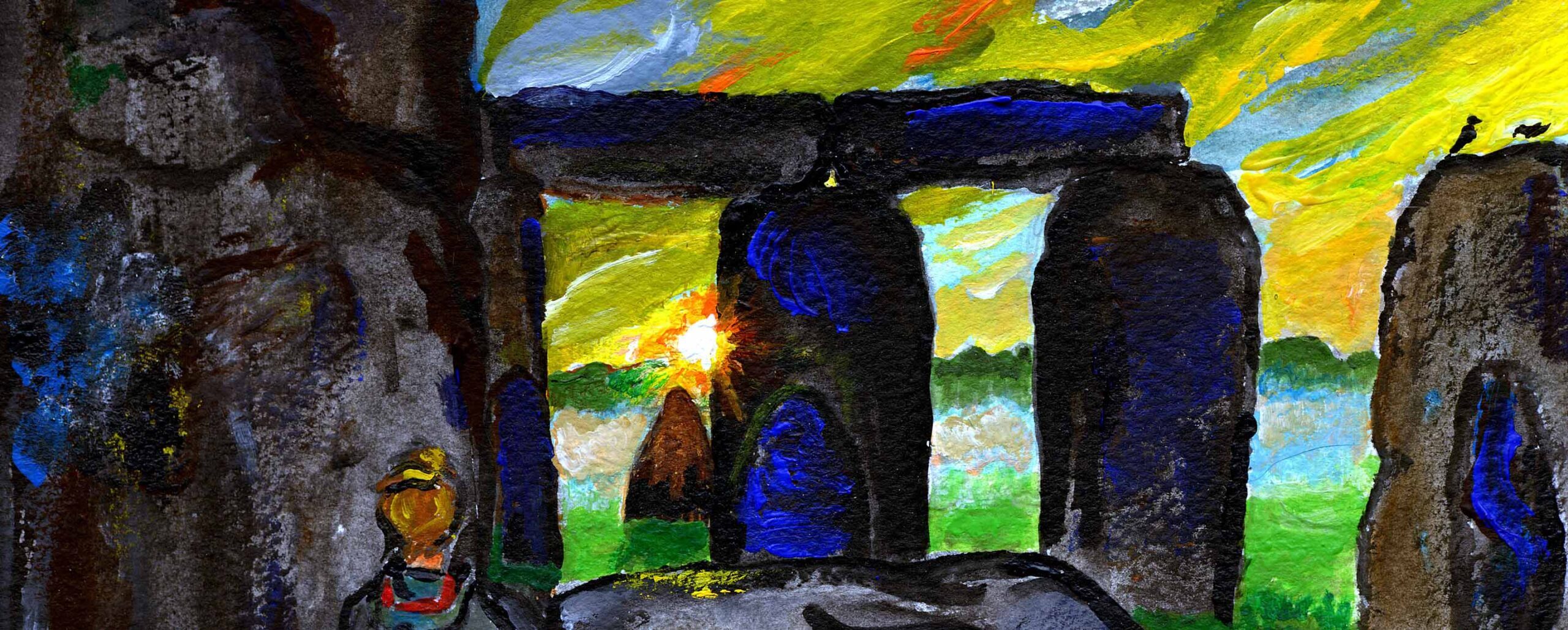Part One showed the heliacal rising of Sirius in our time and in the Egypt of 2000 BC. Part Two was about geometrical vs. observed events, calendar shift, and heliacal setting. Part Three was about the heliacal rising and setting of the Pleiades, important to the Greeks.
Call for observations! (Though not till spring.)
To get a realistic idea of the date when the Egyptians or Greeks first – or last – caught sight of Sirius or the Pleiades, we need to look.
Much the easier observation is of heliacal setting, both because it’s comfortably in the evening, and because we can see it coming. (Rather as watching a star move toward the Moon and be occulted is easier than waiting for it to pop out on the other side.)
Handily, in our time, and in our northern hemisphere, Sirius and the Pleiades go down together into the evening sky of spring (because they are parallel to the northern-spring horizon). And you could start a program of watching them on May 1.

See the end note about enlarging illustrations.
At sunset they are both around 20° above the horizon. Does that put Sirius or, much less likely, the Pleiades far enough out of the glare? Do they become discernible as the minutes pass? – how many minutes, how many degrees do you think their altitude has shrunk to, what are your sky conditions, and what is your location?
Each successive evening they are closer to the Sun. The limiting dates, when they are on the horizon at sunset, are May 21 for the Pleiades and May 28 for Sirius.
To test the heliacal rising dates, you have to be an early riser yourself, as apparently were the Egyptian priests and the Greek sea captains.
The Pleiades, for our time and place, are on the horizon along with the Sun on May 16, Sirius not till August 9.


How many dawns later will each of them actually become visible?
No need to worry about it this Christmas Eve. I aim to get back to the subject before May, with a reminder and more detail about how it may differ for different locations, perhaps other stars. But one more thought:
The star that the wise men saw in the east. Do you think that could have been a heliacal rising, and of what star at what season? Fred Schaaf could probably tell us.
__________
This weblog maintains its right to be about astronomy or anything under the sun.
ILLUSTRATIONS in these posts are made with precision but have to be inserted in another format. You may be able to enlarge them on your monitor. One way: right-click, and choose “View image” or “Open image in new tab”, then enlarge. Or choose “Copy image”, then put it on your desktop, then open it. On an iPad or phone, use the finger gesture that enlarges (spreading with two fingers, or tapping and dragging with three fingers). Other methods have been suggested, such as dragging the image to the desktop and opening it in other ways.
Sometimes I make improvements or corrections to a post after publishing it. If you click on the title, rather than on ‘Read more’, I think you are sure to see the latest version. Or you can click ‘Refresh’ to get the latest version.
